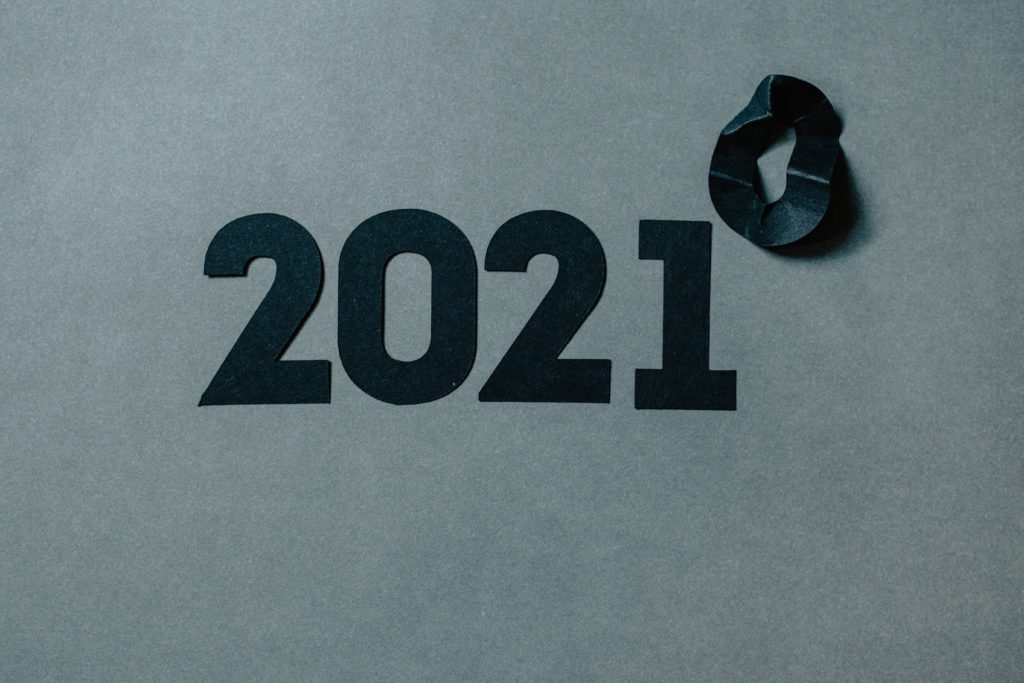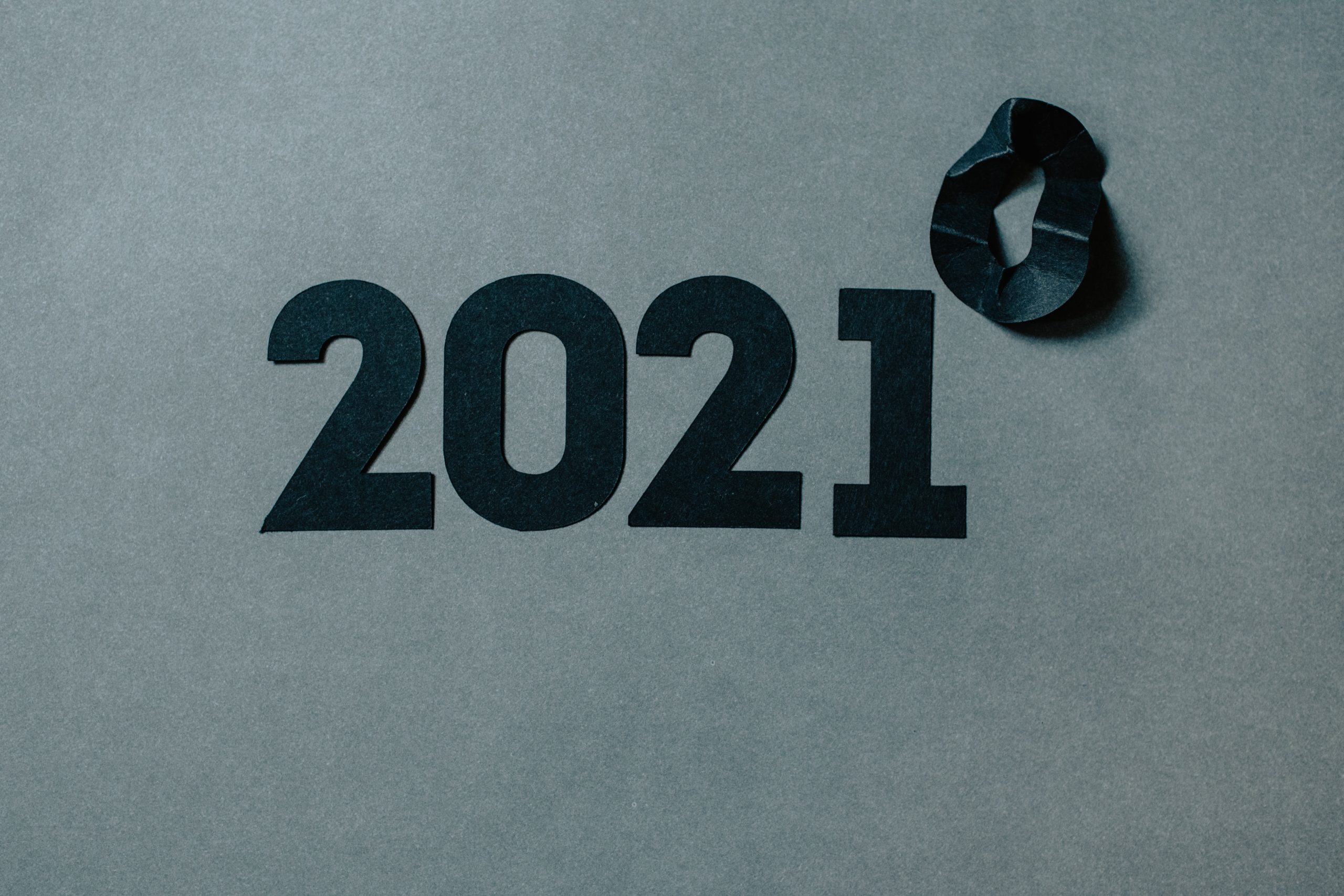
Some might use the term “dumpster fire” to describe 2020. And while it certainly has been a difficult year full of change, loss, separation, and frustration, there have been some silver linings.
One of those bright spots is the acceleration of digital transformation that has taken place across the tech industry. The trends we predicted last December seem like small goals compared to what many organizations were able to accomplish this year.
We’re now faced with another year of uncertainty, not knowing what 2021 will bring. And while it is probably more prudent to make industry predictions in three-month increments, here’s a broader view that assesses some of the larger trends we expect to see take shape over the next 12 months.
Embedded Banking
Embedded banking, and more specifically embedded payments, began taking off this year. To be clear, embedded payments has been around for awhile now. The concept began as a way for customers to pay for a purchase without having to leave the merchant’s site or app.
However, companies are beginning to perfect the customer experience to such an extent that the customer doesn’t experience friction related to the payment. In these cases the payment process is so deeply integrated into an app that the customer doesn’t have to put extra effort into making the payment.
The classic example of embedded payments is Uber. A customer takes a cab ride and arrives at their destination without having to fumble around with their payment card. With Uber, when a customer arrives at their destination, they know that they have paid for the ride but they don’t have to make any extra effort to finalize it or even need to think about it at all.
When software providers can achieve an experience where the customer doesn’t have to think about the payment (but, of course, makes the payment anyway), they will not only have created a better customer experience but also will be able to close more sales.
Open banking in the U.S.
Open banking has already taken off in Europe and is making progress in Australia and Canada, as well. The U.S., however, has been slower to enact regulation.
Helping to drive progress toward an open banking future in 2021 and beyond, the Consumer Financial Protection Bureau (CFPB) issued an advanced notice of proposed rulemaking (ANPR) that requests information from the public on how consumers’ access to their financial records should be regulated.
Essentially, the ANPR serves as a first step in creating formal regulation in the U.S. around open banking. This– along with other factors such as an increase in digital use among consumers, a general recognition that screen-scraping techniques are harmful, and an increase in third party fintech apps– have primed the pump for open banking to take shape next year.
Automation
We’ve reached a point with AI where Robotic Process Automation (RPA) can help businesses effectively scale their operations. On the business side, we can expect to see increased automation in lending decisioning, communication and workflow tools, customer service, billing, invoicing, accounting, and investing. In fact, almost any business operation that lacks the ability to process information fast enough is a good candidate for automation.
End consumers can expect to see more benefits from automation, as well. More and more fintechs are working to optimize savings and investment opportunities for their clients. Take, for example, Wealthfront’s self-driving money concept. The roboadvisor wants to make money management effortless for customers by optimizing the use of each of their paychecks to pay bills, top up their emergency fund, and efficiently allocate the remainder into investments.
Banking-as-a-Service
This trend seems a bit meta, as many of the clients for banking-as-a-service tools are they themselves banks. It may prove difficult to explain to a fintech outsider why a bank would want to launch a challenger bank (the answer: to compete with banks!).
Despite this, however, banking-as-a-service sits at the core of fintech. Banks and fintechs focus on their core competency and integrate solutions from third parties into their own.
There are two major drivers that are transforming this historically vanilla concept into one of next year’s hottest fintech trends. The first is the push toward open banking. As explained above, there is more data being created in the digital realm than ever and, because of this, consumers want to share their data across platforms. This interoperability is altering customer demand and incentivizing fintechs to integrate additional functionality into their existing services.
The second driver is the sudden increase in the number of challenger banks. Late last year and into 2020, we have seen not only a record number of challenger banks launch, but also a record amount of VC funding allocated to challenger banks. While most consumers are maintaining their relationships with their traditional bank, they are also opening accounts at challenger banks such as Chime and N26.
These digital-first banks often have attractive features such as credit building tools, early paydays, and fee-free overdrafts. To compete, some banks are launching challenger banks of their own. Enterprise technology company Moven and digital banking services provider Q2 recently partnered to create a “bank-in-a-box” concept that aims to help banks improve their digital offerings and retain their digitally savvy customers.
Honorable Mention
Aside from this list, there are two items that deserve honorable mention. The first is buy now, pay later technology. The trend is currently on fire but will likely fizzle out after consolidation takes place. The second trend, Central Bank Digital Currencies (CBDCs), is on the opposite side of the spectrum. As China initiates the launch of its country’s own CBDC there has been a lot of hype about the concept. However, we are likely still three to five years out from the U.S. making any significant progress toward a CBDC so all talk about the subject will be just that– talk.
Photo by Kelly Sikkema on Unsplash
